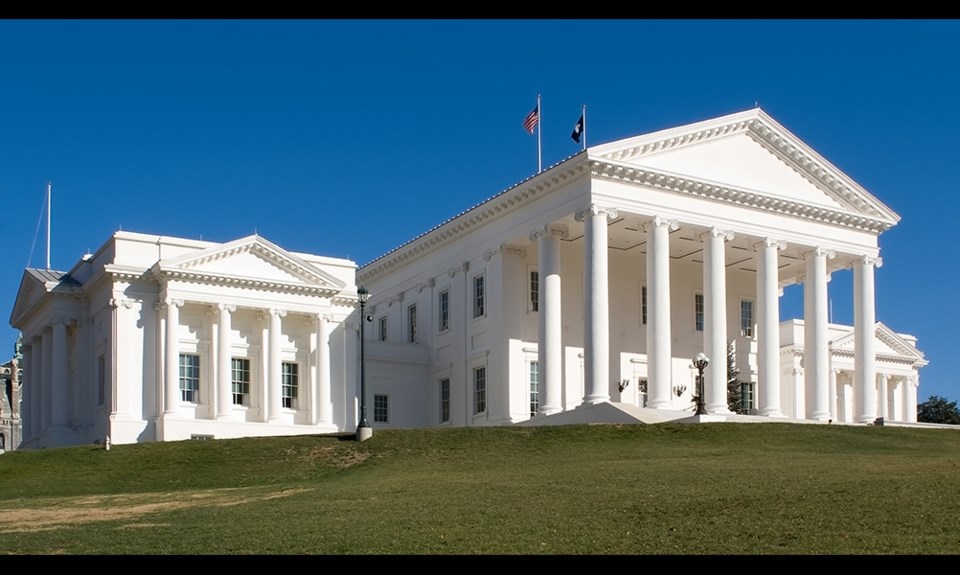Democratic control of both houses of the General Assembly in 2024 may make it more likely that proposed changes to Arlington’s century-old governance process could find success in Richmond.
Arlington County Board members in December will finalize their legislative priorities for the coming year, which may lay out how interested local elected leaders are in changing the governance structure of a five-member governing board with members elected at-large that has been in place since 1932.
But for now, few in positions of authority or influence seem willing to publicly discuss what might be in the works.
A polite no-comment-at-this-point (for the entire organization) came from Arlington Civic Federation president John Ford, when asked the day after the Nov. 7 elections how Democratic majorities in both houses of the General Assembly might impact his group’s efforts at changing Arlington’s governance structure.
Over the past three years, the Civic Federation has developed a package of proposals that would alter – to a greater or lesser degree – the existing governance structure.
Though the Civic Federation’s proposals are merely suggestions and have no official standing, their development provided the chance to vet a number of options.
The package of proposed changes adopted by the Civic Federation includes expanding County Board and School Board seats from the current five each to at least seven; changing the existing election cycle that includes at least one seat on each body being up for grabs each year; using ranked-choice elections to choose local officials; and while not electing the County Board chair separately, having a longer rotation in the chairmanship than the current one-year norm.
During the long gestation period of the Civic Federation proposal’s development, some advocated for moving away from at-large seats on the County Board and School Board to a district arrangement, which the committee formulating proposals rejected. Others wanted the county to seek city status, as cities in Virginia have more inherent powers than counties, but that idea never gained much traction.
Because Virginia aggregates political power at the state level – making it a so-called “Dillon Rule” state – most of the substantive changes to the county’s governance would have to secure passage through the General Assembly.
It’s likely that Del. Patrick Hope (D-1st) will serve as the point-person on the issue in Richmond for the coming year.
Queried by the GazetteLeader, Hope declined to get into specifics about what legislation he might propose. But he did acknowledge that, with Democrats holding a majority in the House of Delegates and state Senate next year, it was more likely any of his legislation would make it to the desk of Gov. Youngkin (R).
What would happen then remains open to debate. Some supporters of Arlington’s governance changes believe Youngkin would be amenable to signing a bill. Others are not so sure.
The Arlington County Board’s draft 2024 General Assembly priorities package, released immediately after the election, does not contain any specific governance-change requests. But it does urge the county’s legislators to “oppose any efforts that make changes to Arlington County’s form of government without the County Board’s explicit policy support.” Those who read tea leaves in an attempt to divine what is going on behind the scenes on this issue might find a lot to chew on in that single sentence.
(Takis Karantonis, likely to be County Board vice chairman in 2024, did not respond to an e-mailed request for comment by the time of publication.)
From the 1870s to the adoption of the current county-manager form of government in the early 1930s, Arlington (known until 1920 as Alexandria County) was governed by a three-member Board of Supervisors whose members were elected in districts that ran east to west and covered the northern, central and southern parts of the county.



